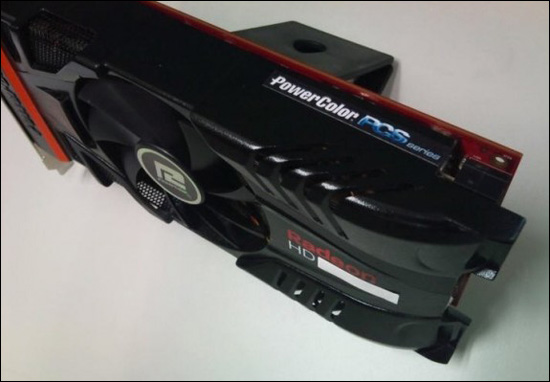
The fill rate of Intel HD Graphics 4600 is approximately 2.2 which is not good as compared to other dedicated graphic cards but is a lot more than its predecessors. The pixel fill rate is calculated by multiplying the number of raster operations with the clock frequency of the graphic card and is usually measured in gigapixels and megapixels per second. So, we can say that the faster the graphic card the more will be the pixel generation per second and as a result better display quality. To get to know about the potential of a graphic card it is imperative to test it by getting scores based on different parameters:īefore jumping to the score first one should know what is pixel fill rate, so the main definition of it is the number of pixels the graphic card can generate per second. Below in the table there are the specifications of the Intel HD Graphics 4600: However, the discrete type of graphics card is separate from the CPU as they have their own processor and memory as a result, they provide better graphic experience though they generate less heat and use more power. Intel always provides integrated graphic cards that use some memory of the CPU as well which is a plus in terms of battery heath and no heating issues and negative in case of display quality. To see how much Intel has improved its graphic technology I have reviewed Intel HD Graphics 4600 in detail. A considerably improved version that Intel launched of its graphic card is the Intel HD Graphics 4600 that can run some heavy games at good FPS. Intel graphic cards are though not heavy duty and are mostly not liked by the gamers, but intel is still trying to improve them.

Moreover, the choice of buying a laptop is mostly influenced by the graphic card and the interesting thing is that the development in the graphic cards is so robust that within months of buying a new laptop the advanced version of its graphic card is launched. Graphic cards are the one of the important parts of a laptop as the whole display quality is dependent on it.


 0 kommentar(er)
0 kommentar(er)
